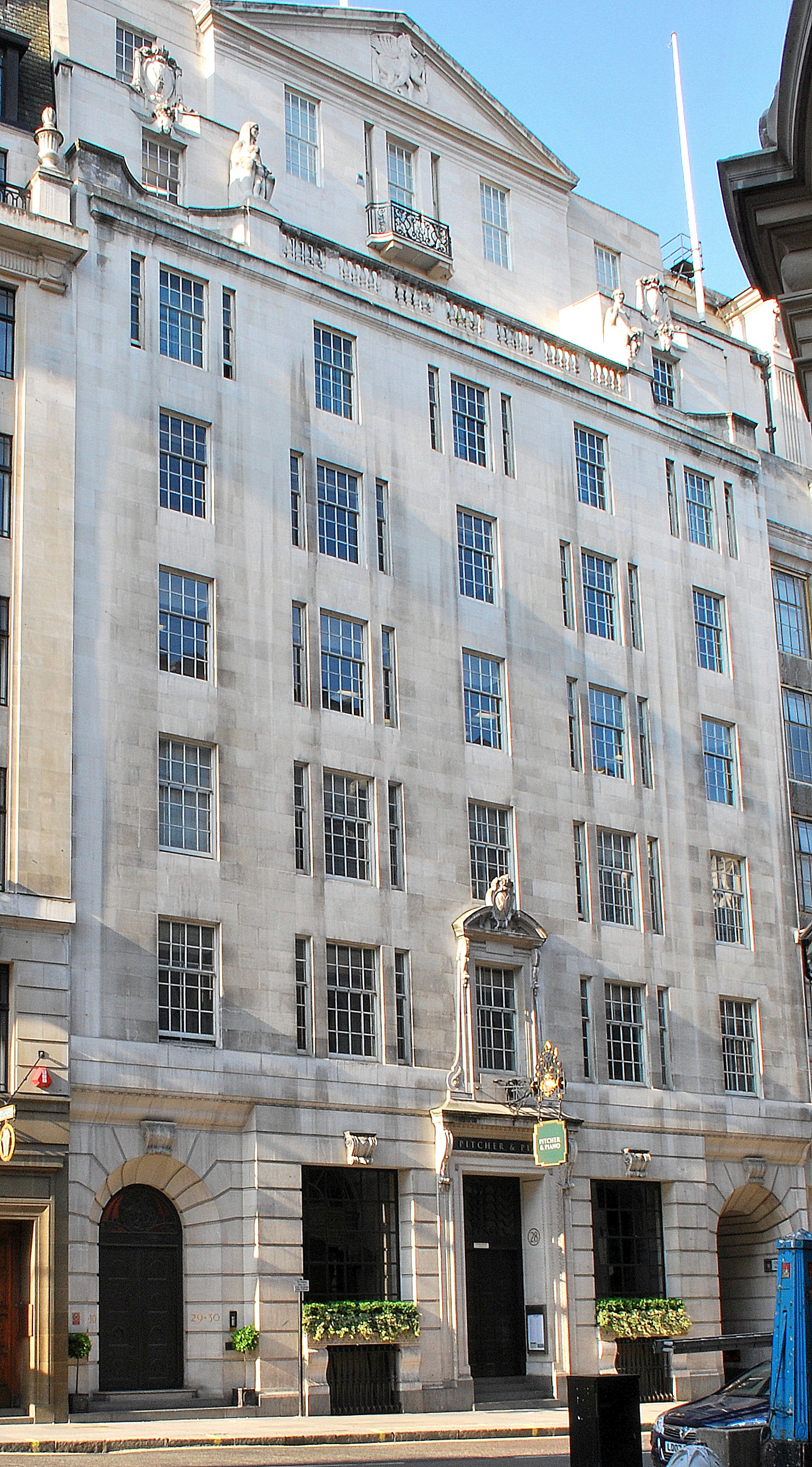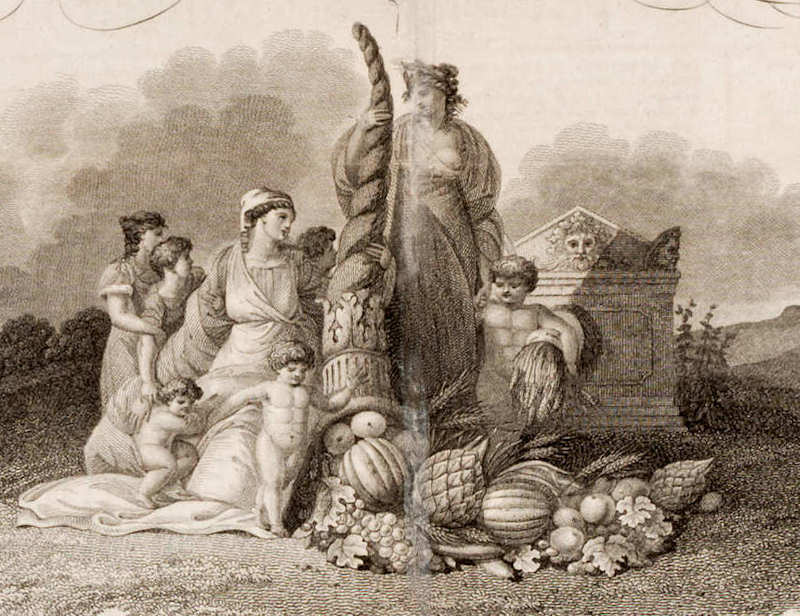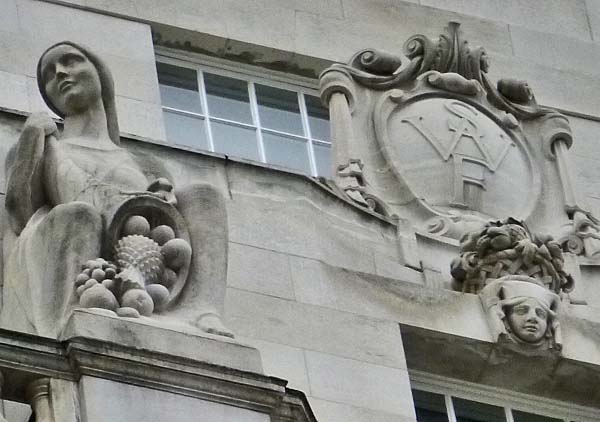28-30 Cornhill, EC3
Built: 1934-1935
Architect: William Curtis Green (1876-1960)
Listing: Grade II

Progressing eastward along Cornhill, after the imposing colonnade of Lloyds Bank and the transitional Classic-Deco Commercial Union Assurance, we come to the London offices of Scottish Widows, built in the inter-war period like the two aforementioned headquarters. Here, Green expresses a pared-down Classical vocabulary that is typical of 1930s finance buildings still largely eschewing Modernist or even Deco devices. The base, like the Commercial Union next door, is channelled and consists of five bays with a central entrance. Note the application of ancons to both segmental and flat window arches. Compositionally, the entrance framing is extended to the more ornamented aediculation of the central second-storey window. The main, intermediate section features a simplified plinth at the bottom and a plain ashlar finish to the façade.
The intermediate storeys culminates in a balustrade beyond which a recessed combination of stepped bays maintains external unity while introducing interesting terminating devices. These include two sculptures in the round by William McMillan, two escutcheons on the subsidiary antae and a pedimented central gable with a frieze. The symbolic references are to Scottish Widows’ original mission, to ensure the financials security of widows and orphans.


Scottish Widows was founded in 1815 to establish “a general fund for securing provisions to widows, sisters and other females”, at a time where the death of the male head of household would typically spell economic disaster for the survivors. It is now part of the Lloyds group. According to company records, Cornhill was Scottish Widows’ London home since 1867. The 1935 building seen here was vacated by the company in the 1990s.

(cornucopia), from the company’s archives.
